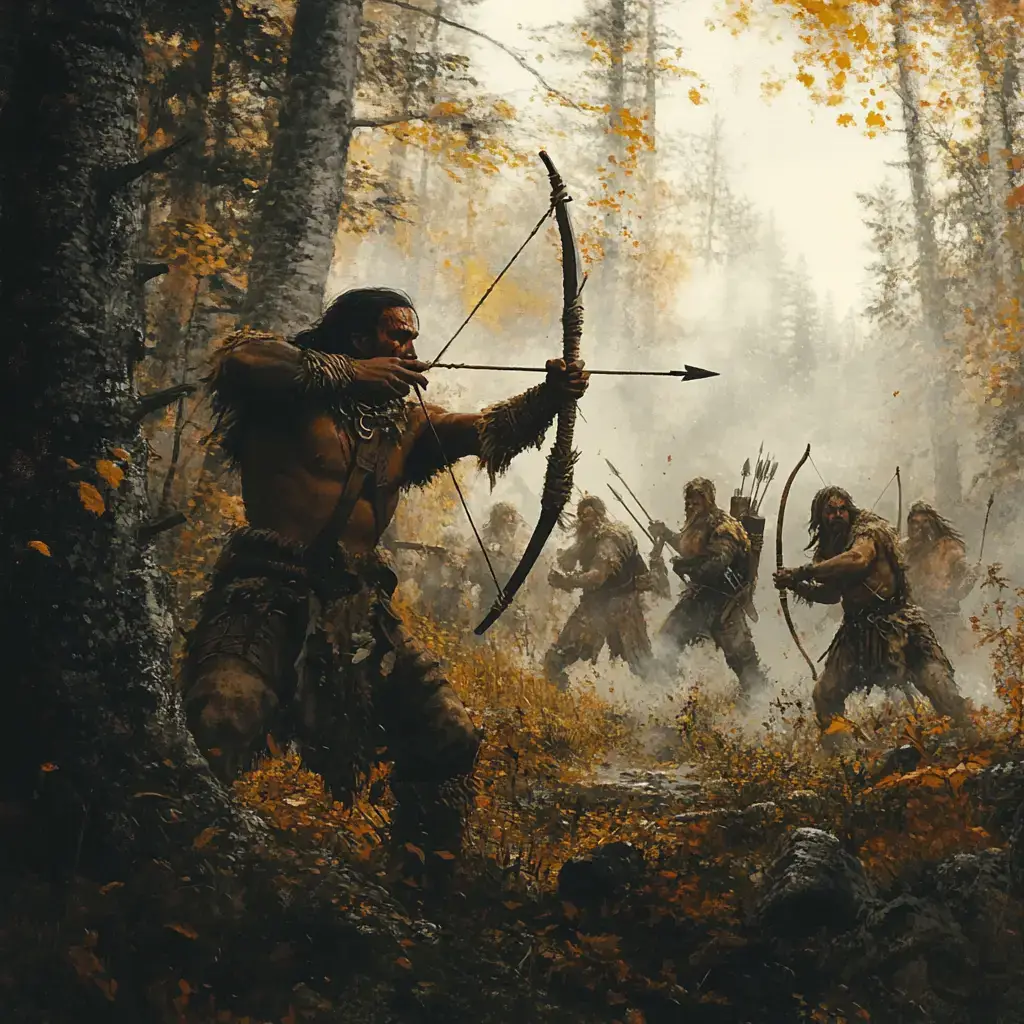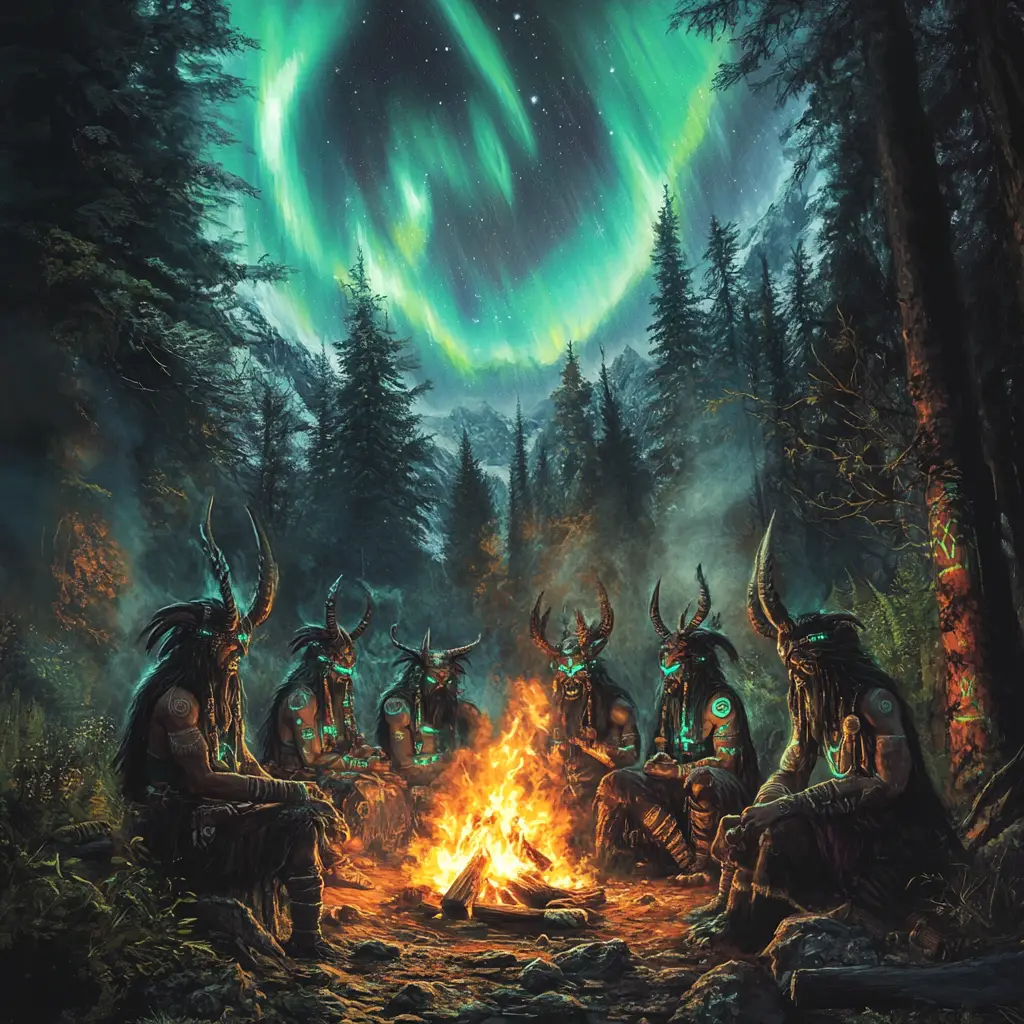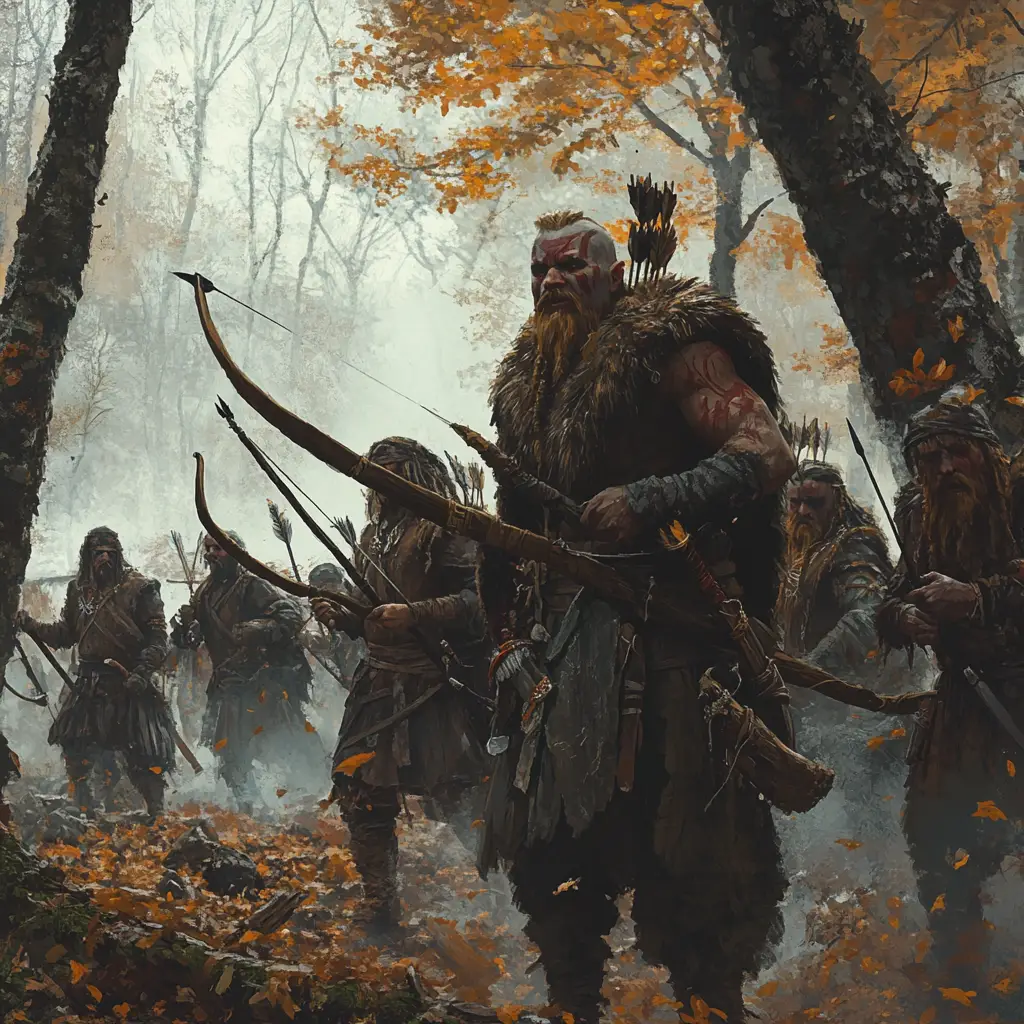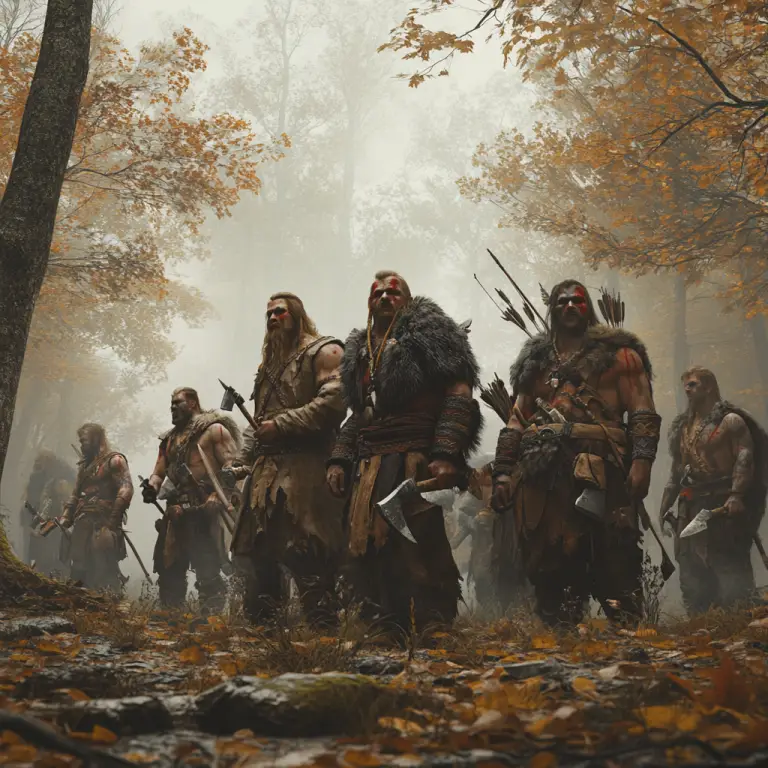Skraelings was the term used by the Norse, particularly the Vikings who explored North America around the year 1000 AD, to describe the indigenous peoples they encountered. The term appears in the Vinland Sagas, specifically the Saga of the Greenlanders and the Saga of Erik the Red, which recount the Norse expeditions to Vinland (believed to be parts of modern-day Newfoundland, Canada).
Who Were the Skraelings?
Historians and archaeologists believe that “Skraelings” likely referred to one or more groups of indigenous people, such as:
Thule (Inuit) – Ancestors of modern Inuit, who lived in Arctic regions.
Dorset Culture – A now-extinct indigenous group that predated the Inuit in the Arctic.
Beothuk – A people native to Newfoundland, sometimes suggested as the Skraelings the Norse encountered.
Encounters Between Norse and Skraelings
According to the sagas, the Norse initially attempted to trade with the Skraelings, offering red cloth and iron tools in exchange for furs. However, relations soured, leading to violent clashes. The Norse, despite their superior weapons, were outnumbered and eventually abandoned their attempts to settle in Vinland.
The name “Skraeling” itself is thought to mean something like “weakling” or “barbarian” in Old Norse, though the exact meaning is debated. It was later used more broadly by Norse Greenlanders to refer to indigenous Arctic peoples.



